Fiery & Flavorful: The Smoky Secret Behind Chile Peppers in Adobo Sauce
Table of Contents
- What Are Chile Peppers in Adobo Sauce?
- A Brief History of Adobo in Global Cuisine
- The Flavor Profile Breakdown
- Creative Uses in Everyday Cooking
- Buying Guide: Top 5 Brands Compared
- Storage Tips and Shelf Life Secrets
- Safety & Heat Handling Hacks
- Final Thoughts on This Smoky Spice Staple
What Are Chile Peppers in Adobo Sauce?
If you’ve ever tasted a taco al pastor or whipped up a quick chipotle-infused marinade, you’ve likely encountered chile peppers in adobo sauce. But what exactly are they?
In short, these are dried chiles like chipotles, ancho, or guajillo that have been smoked, rehydrated, and simmered in a tangy, tomato-based sauce with garlic, vinegar, and spices. The result? A rich, smoky, slightly sweet, and mildly spicy paste packed with flavor.
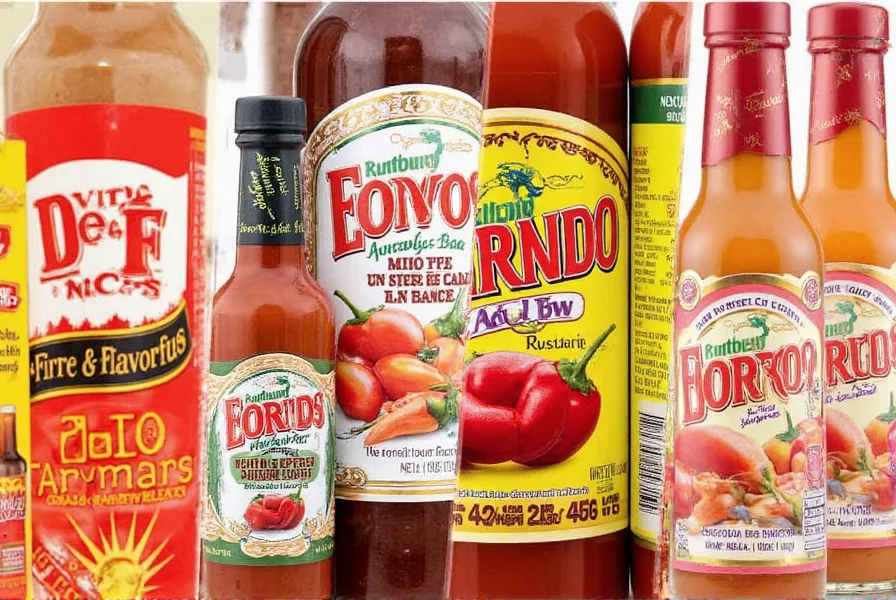
A Brief History of Adobo in Global Cuisine
The term adobo comes from Spanish colonization, referring to the process of marinating meats in vinegar-based sauces. However, its roots stretch deep into pre-Hispanic Mesoamerica, where indigenous peoples used local ingredients like chili, tomatoes, and herbs to preserve food.
Today, adobo has taken many forms across the globe:
- Mexico: Chile in adobo – smoky chipotles preserved in tangy sauce.
- Philippines: Adobo refers to a savory stew of meat braised in vinegar, soy sauce, and garlic.
- Puerto Rico: A dry spice blend known as adobo seasoning, often used for grilling and roasting.
| Region | Type of Adobo | Main Ingredients |
|---|---|---|
| Mexico | Chile in Adobo | Chipotle/chiles, tomato, vinegar, garlic, cumin |
| Philippines | Meat Stew | Vinegar, soy sauce, garlic, peppercorns |
| Puerto Rico | Dry Seasoning Blend | Salt, garlic powder, oregano, turmeric |
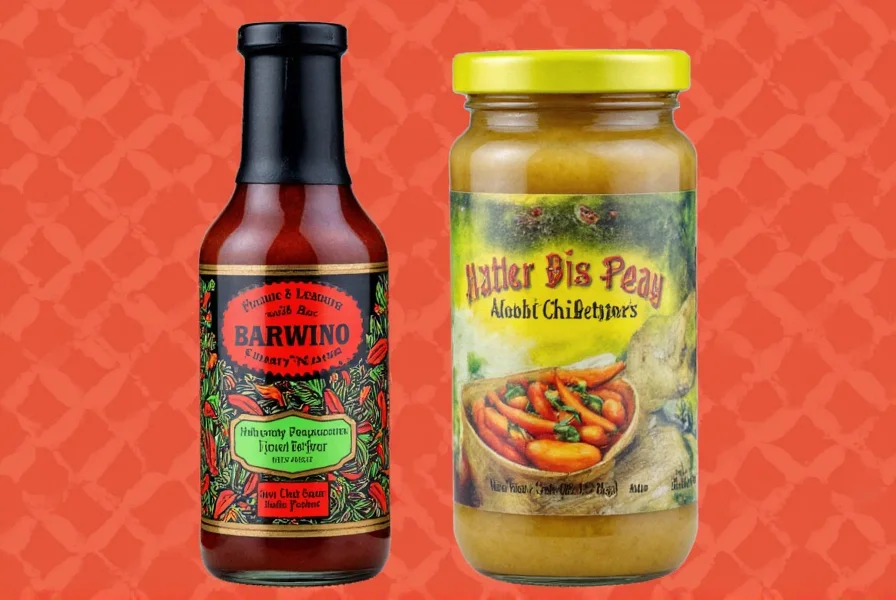
The Flavor Profile Breakdown
Chile peppers in adobo sauce offer a complex flavor experience that’s more than just heat:
- Smokiness – From the chipotle chilies (which are smoked jalapeños)
- Tanginess – Thanks to the vinegar and tomato base
- Umami – From garlic, onion, and slow-cooked sauce
- Heat Level – Ranges from mild to medium-hot depending on the chile used
It's like having a mini Mexican pantry staple in one small can!
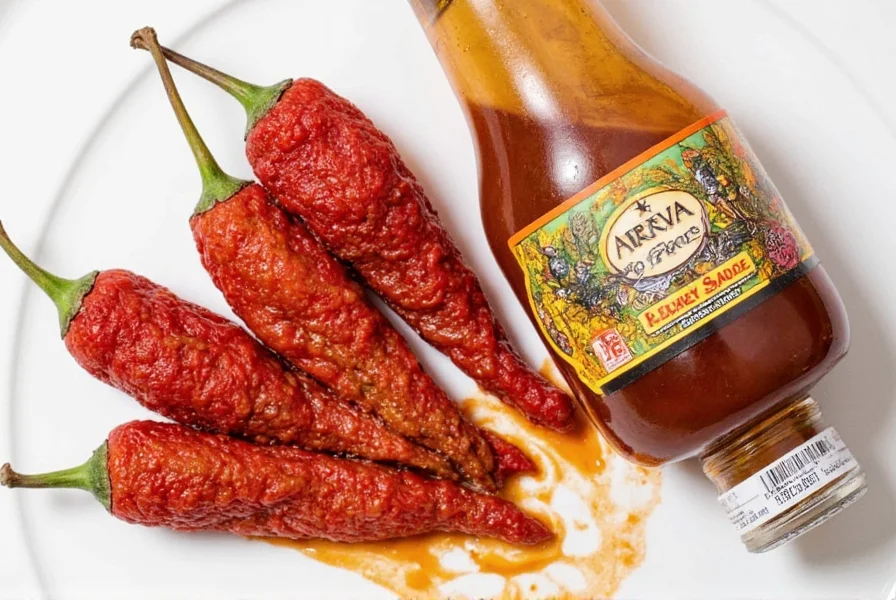
Creative Uses in Everyday Cooking
You don’t need to be a professional chef to fall in love with this fiery ingredient. Here are 7 creative ways to use chile peppers in adobo sauce:
- Spice Up Your Mayonnaise: Mix chopped adobo chiles into mayo for a zesty sandwich spread.
- Grilled Cheese Upgrade: Add a dash of sauce for a smoky kick in your grilled cheese or quesadillas.
- Stir-Fry Booster: Stir a teaspoon into stir-fries for instant depth and warmth.
- Barbecue Magic: Use it in homemade BBQ sauce for a smoky, spicy layer.
- Bean Enhancer: Mash into refried beans or black bean soup for extra flavor.
- Marinade Maker: Combine with lime juice, olive oil, and honey for a bold marinade.
- Tomato Soup Twist: Swirl a spoonful into tomato soup for a Mexican-inspired twist.
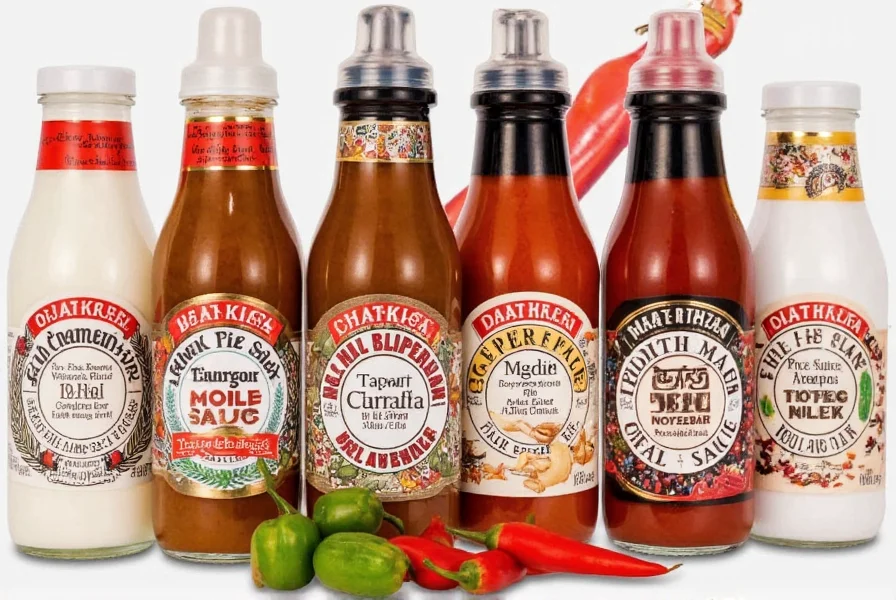
Buying Guide: Top 5 Brands Compared
Not all canned chiles in adobo sauce are created equal. Here's a breakdown of five popular brands to help you choose the best for your cooking style:
| Brand | Flavor Intensity | Texture | Best For | Recommended Use |
|---|---|---|---|---|
| La Costeña | Medium-hot, balanced smokiness | Firm peppers, thick sauce | Traditional tacos, sauces | Homemade mole or salsas |
| Goya | Mild to medium, less intense smoke | Soft peppers, thinner sauce | Kids or milder palates | Everyday dishes |
| Hatch | Varies by variety (mild to hot) | Whole roasted peppers | Southwest fusion dishes | Stuffing, grilling |
| Mrs. Dash Adobo Style | Dry seasoning blend | Spice mix only | Rub lovers | Seasoning meats and veggies |
| 365 Whole Foods | Natural ingredients, moderate heat | Chunky texture | Health-conscious cooks | Organic meals |
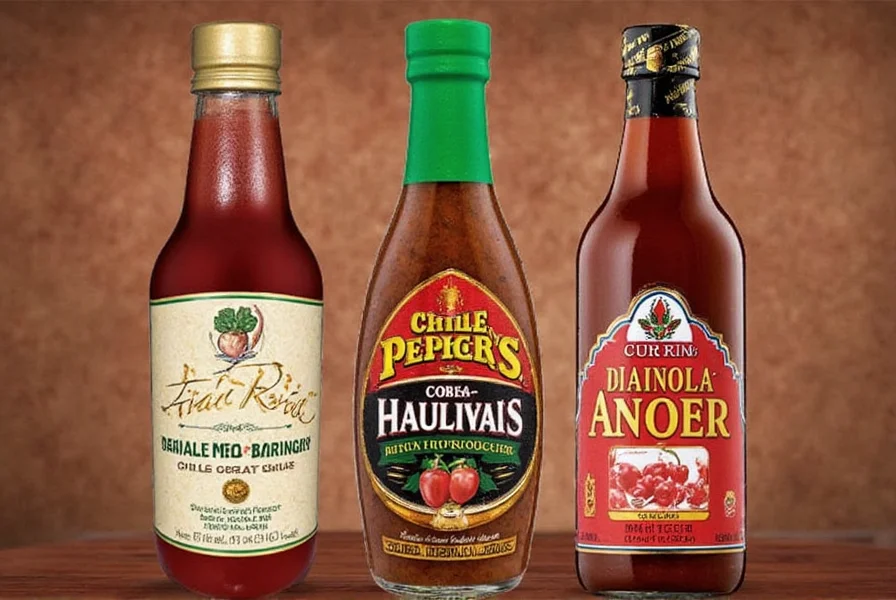
Storage Tips and Shelf Life Secrets
- Once opened, store in an airtight container in the fridge – lasts up to 2 weeks.
- Freeze extra peppers and sauce in ice cube trays for easy future use.
- Don't toss the liquid! It’s packed with flavor – use it as a base for soups, stews, or dressings.
- To make the flavor last longer, puree the entire contents of the can and freeze in portions.

Safety & Heat Handling Hacks
Handling chile peppers can be risky business if you're not prepared. Here’s how to avoid burning your fingers (literally):
- Wear gloves when chopping or handling raw peppers.
- Avoid touching your face until hands are thoroughly washed.
- Use a small blender to puree the sauce safely without splatters.
- If you do get burned, apply milk or yogurt to soothe the burn — not water!
Final Thoughts on This Smoky Spice Staple
Whether you’re a spicy food lover, a home cook looking for shortcuts, or a culinary adventurer curious about global flavors, chile peppers in adobo sauce should definitely have a spot in your kitchen.
From enhancing everyday meals to being the star of festive dishes, this versatile ingredient is a must-have. And with so many options on the market today, there’s never been a better time to explore its possibilities.
So go ahead — open that can, breathe in that smoky aroma, and let the fire dance on your tongue!
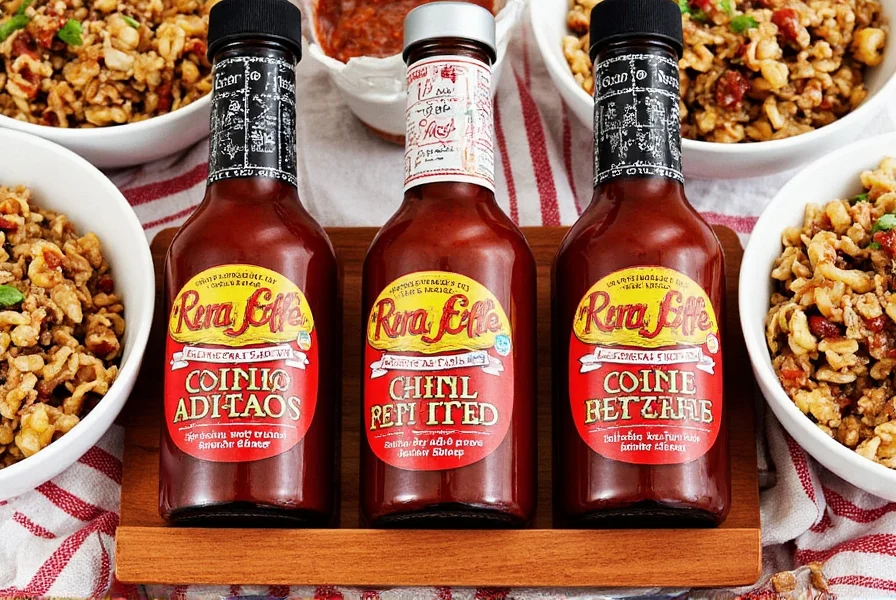

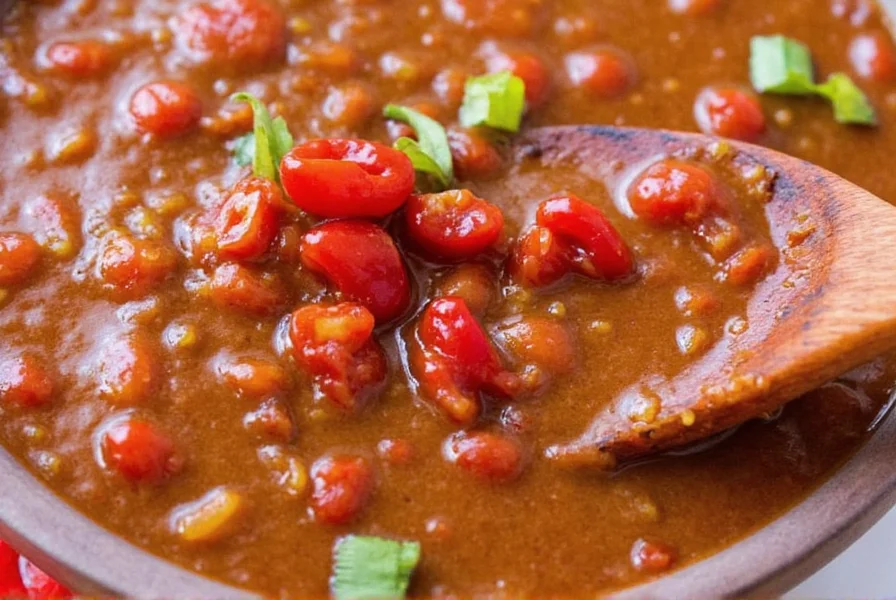









 浙公网安备
33010002000092号
浙公网安备
33010002000092号 浙B2-20120091-4
浙B2-20120091-4